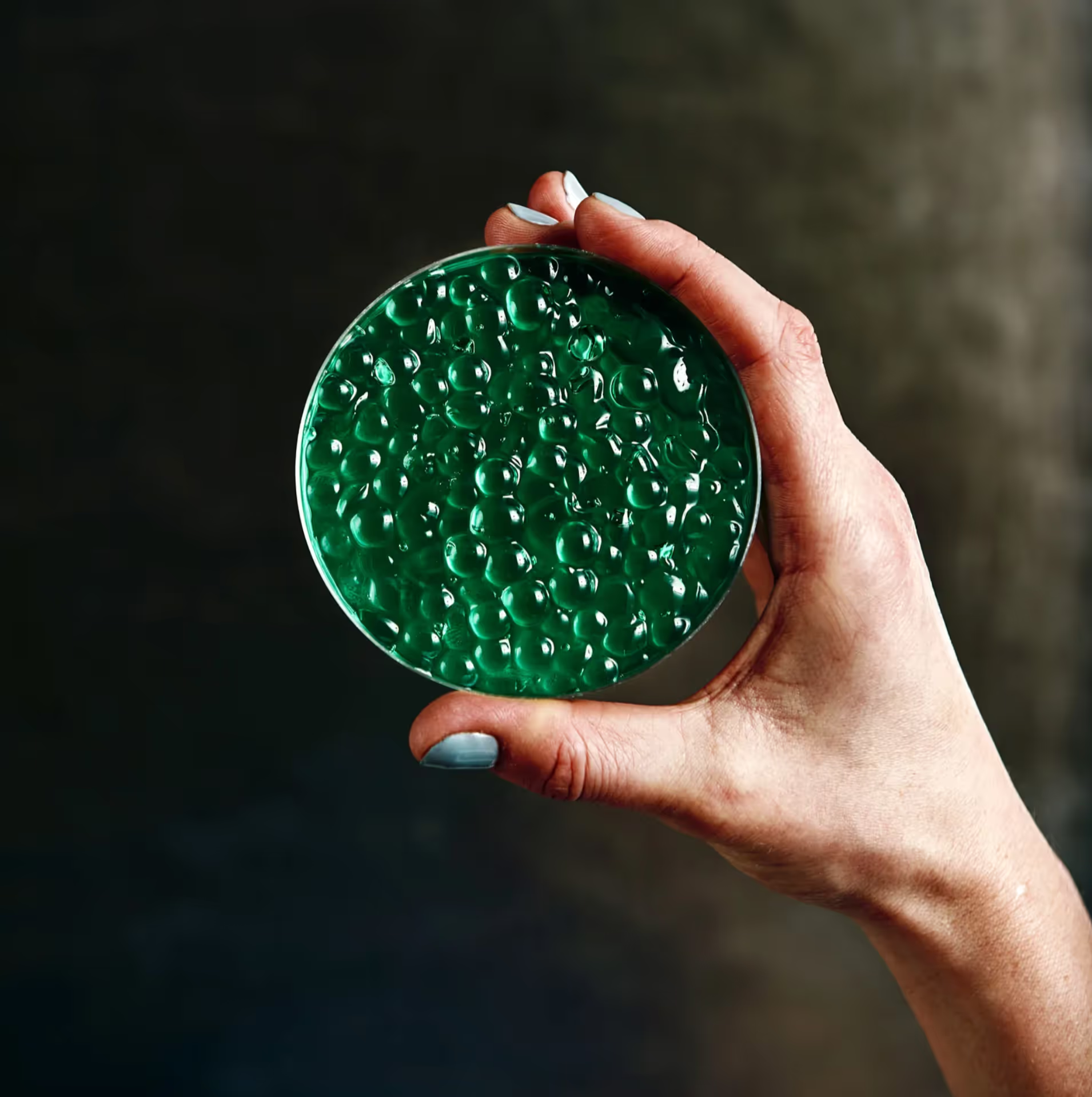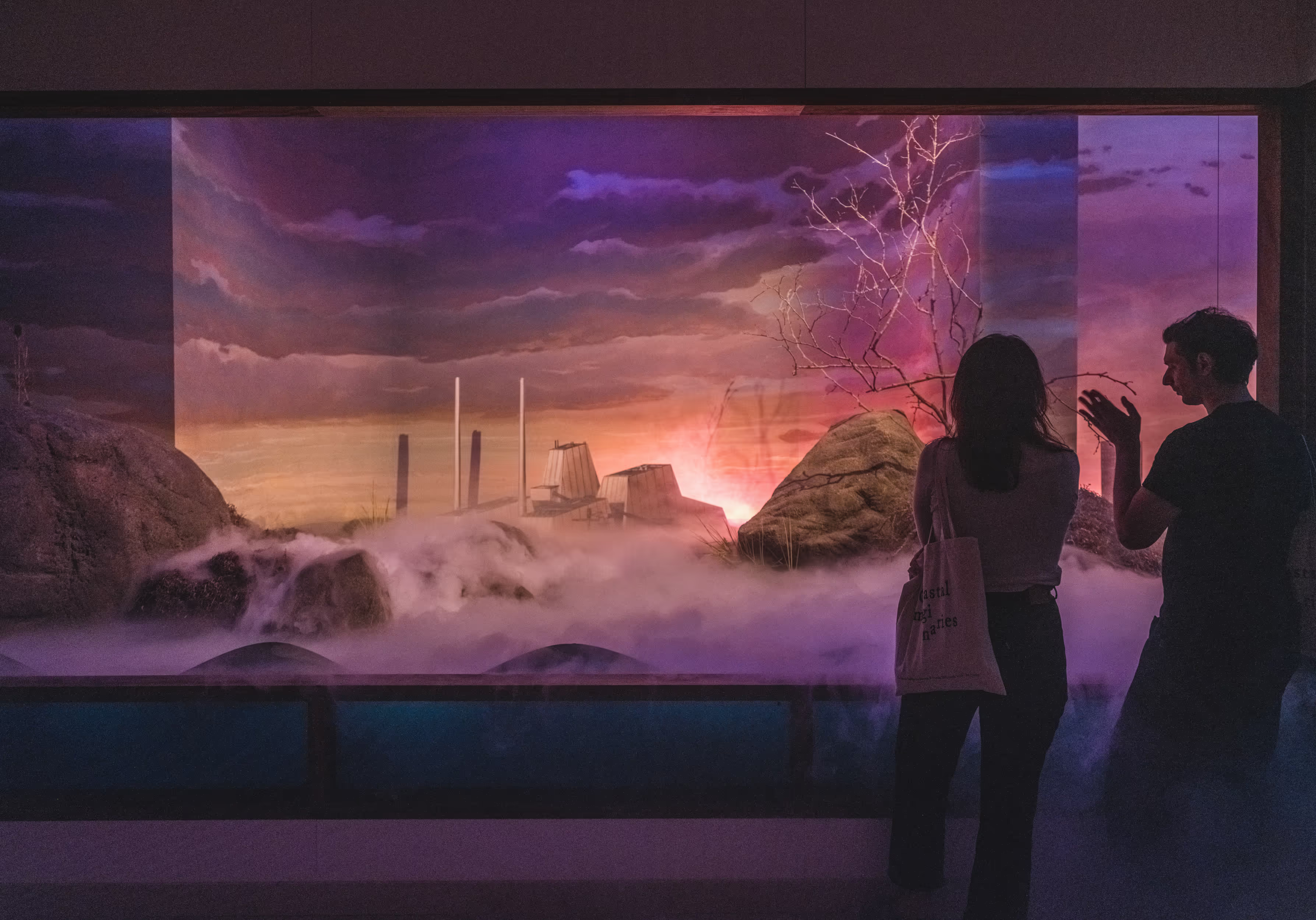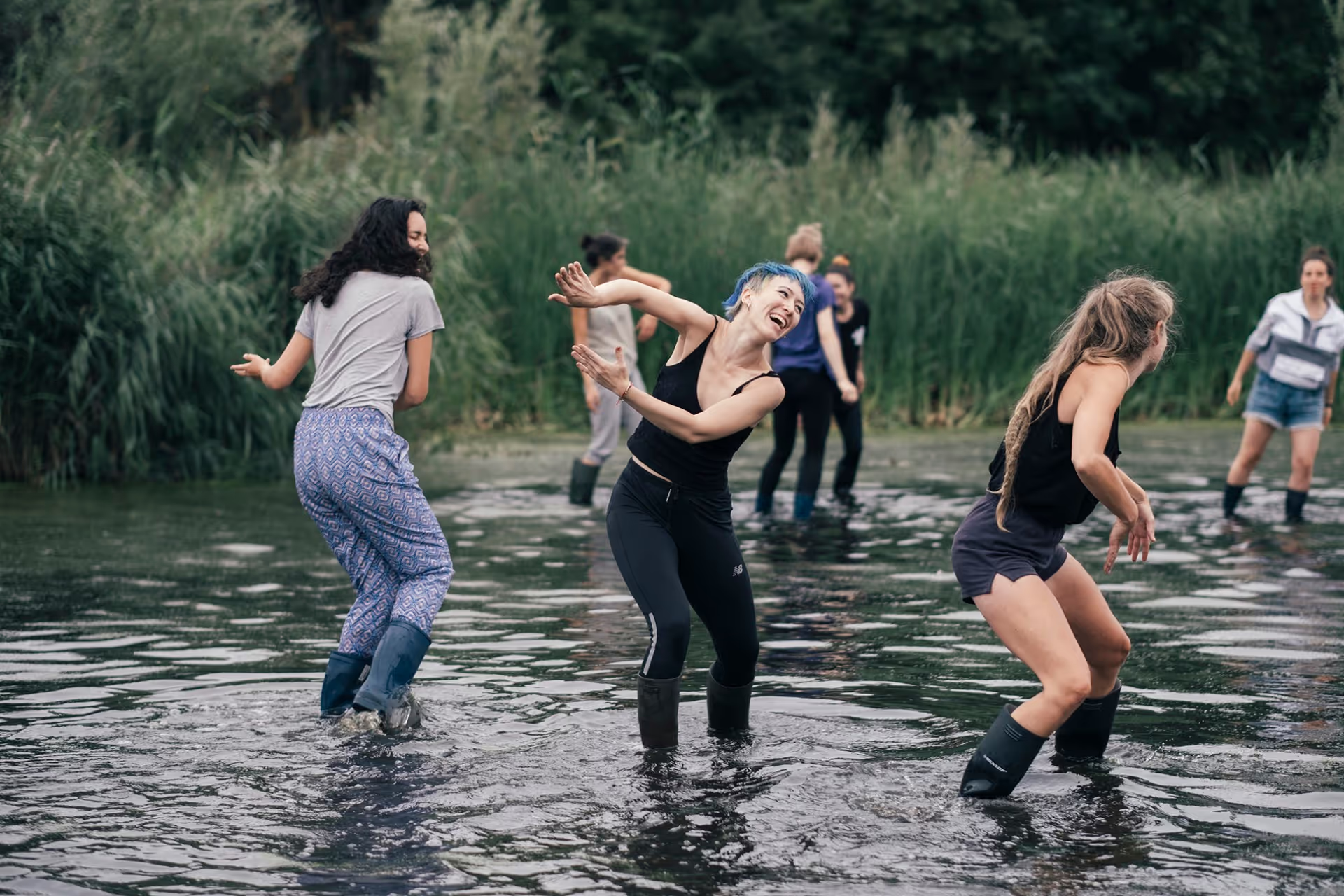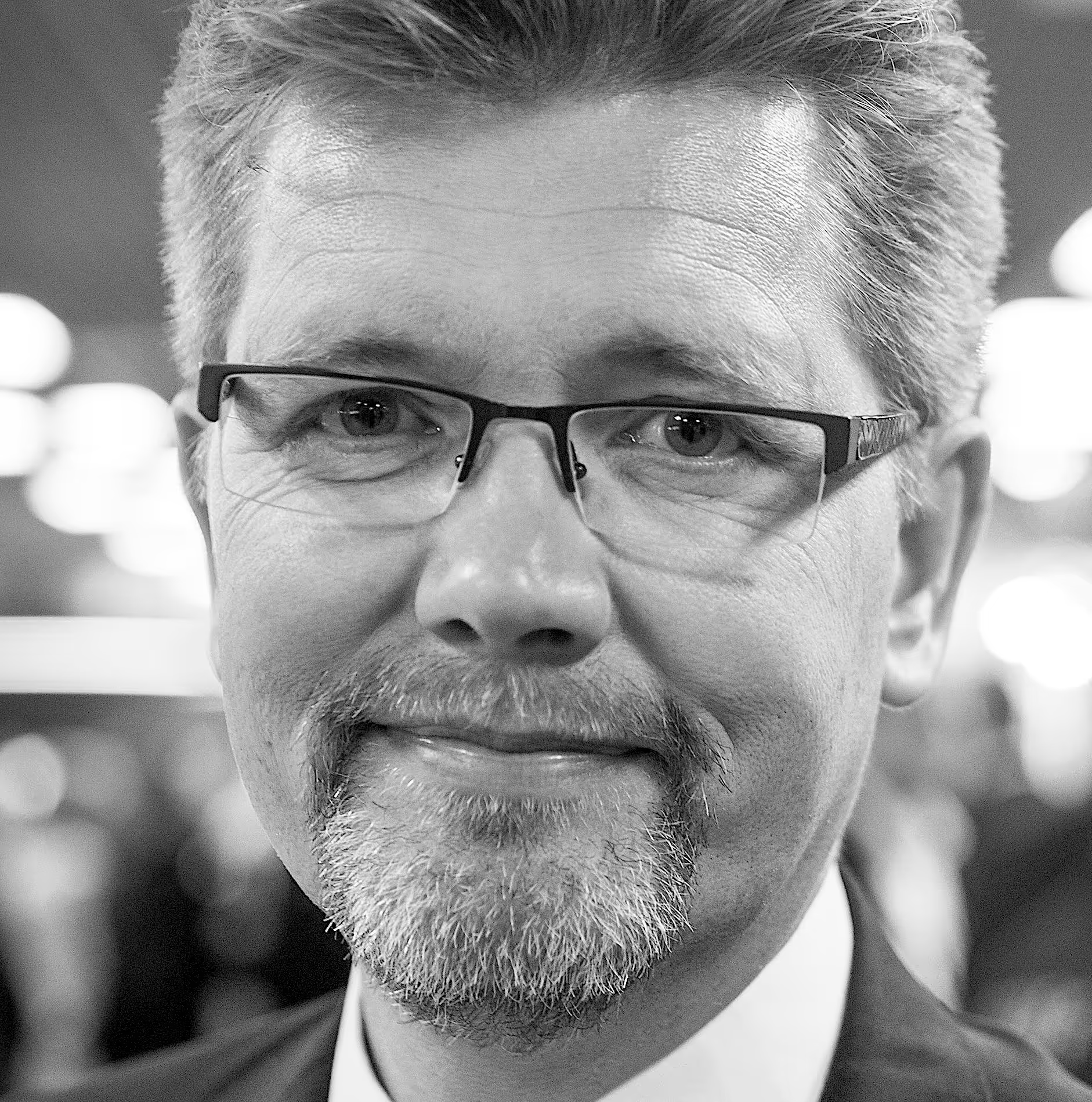To define Soft Agency’s methodology is to define the “how” we do and make our “thing”. This “thing” is what one could define as our work, the outputs, programmes, events, happenings, rituals, installations, built objects, readers, conversations and circumstances that we as Soft Agency consciously put out into the world as an expression of our collective endeavours. This overall collective endeavour is still emerging but is informed by each member's individual know-how. To further understand our approach(es) outlined in this text, it might be useful to describe our backgrounds and formal training.
Soft Agency are six practitioners hailing from across the globe (Argentina, Israel, Serbia, Ireland, Greece and the UK). As well as the different blood lines that influence our mix,our formal disciplinary terrains cut across architecture, English literature, curatorial studies, psychology, theatre and set design. Beyond that we are largely self-taught, working individually as artists, writers, producers, or educators, with our shared connection being spatial formations. What we mean by “spatial formation” relates to an interest in the dynamics of how space and – in particular urban space and the objects (buildings, infrastructure), people and species within it – continuously co-produce, maintain and reconfigure all material relations within it and how this manifests in various physical, socio-political and cultural structures. Having first met in 2013 in Berlin, we have since formed a loose group identity, which over the last year (2020-21) consolidated to become Soft Agency.
Softness, therefore, is our tactical and spatially oriented response to a call for care, attentiveness, responsiveness and responsibility.
In this respect, to write about “our” methodology is somewhat premature as we are just beginning to conjoin what has been a slow and rambling courtship. Slow, rambling and weaving were descriptors that we shared in a series of weekly exercises that we undertook online during the first COVID lockdown of 2020. One of these exercises focused on sharing methods we use in our individual practice as a means to explore underlying intersections. Since our initial meeting back in 2013, we spent almost seven years essentially becoming friends, “hanging out” – or gossiping as we like to call it – before making a more formal move to work in a collaborative fashion. These “early years” enabled trusts to form and lived experiences to be shared, which over time have become the building blocks of our commitments to each other.
Methodologies of trust and commitment are in themselves slow processes and this perhaps is a critical point to pull out here when discussing our approach. The “soft” processes that we are speaking to and working with are intentionally slow and therefore do not chime well with notions of speed and extraction. Internally we consciously work against these conditions, trying as we do to hold each other while operating within systems where such logics and their associated conditions most often dominate.
Softness is a mix of intentional acts of movement and manoeuvre that purposefully aim to reverse, alleviate and soften normative framings while also scaffolding and supporting transitions of change
During our methodology exercise “workshop” the goal was to simply name as many of the techniques, tactics and strategies that we use within our own practices, which led to identifiable commonalities. This ranged from reading together to collective writing, to listening, walking, mapping, lexion building, archival research, cooking, hosting, sketching, modelling, dancing, building, dying, printing, sleeping, drawing and so on and so on. The list of approaches is too numerous and context specific to fully articulate here, but if we were to ask what methodologies of softness are, a core underlying element would be the notion of ‘attentive tending’. It is difficult to precisely pin down how this actually manifests and it is the “work” that will likely evolve and involve us for many more years, but it is a mix of intentional acts of movement and manoeuvre that purposefully aim to reverse, alleviate and soften normative framings while also scaffolding and supporting transitions of change. This begs the question: what change are we seeking or speaking to? To quote the American art critic Jack Burham in his 1968 Artforum article on System Esthetics:
“Increasingly ‘products’ – either in art or life – become irrelevant and a different set of needs arise: these revolve around such concerns as maintaining the biological livability of the earth, producing more accurate models of social interaction, understanding the growing symbiosis in man-machine relationships, establishing priorities for the usage and conservation of natural resources, and defining alternate patterns of education, productivity, and leisure. In the past our technologically-conceived artifacts structured living patterns. We are now in transition from an object-oriented to a systems-oriented culture. Here change emanates, not from things, but from the way things are done.”
Contextualising our work within Burham’s notion of system esthetics, we are interested in how change emanates from the “ways things are done”. Burhman identifies the modernist object-oriented fetishism, which in architecture still centres around the building and “famed” front-person, aka the architect, which is still most often a male figure. Our methods, our approach very purposefully undercuts this masculine ego-centric singular voice. Such individualisms are also celebrated in the other fields that we primarily work within, namely fine arts and academia. Acknowledging the falsities that this ego-centrism produces is a core tenant of our approach, which acknowledges the interdependent realities of all labor.
This notion of interdependence from a feminist perspective chimes deeply with what we have discussed in the interview that opens our collection in this journal—that is, interdependence acknowledges our vulnerabilities. Interdependence also resonates with what has been called the “spatial turn” in the arts, humanities and social sciences. Not far off the time of Bruhman’s writing, Lefebvre’s (1974) Le Production de l’espace (The Production of Space) and a decade later the human geographer’s Doreen Massey’s Spatial Divisions of Labour (1984) were highly influential in the emergence of a relational analysis of space. With Massey’s work emphasising that space was the “product of interrelations” and “always under construction” and therefore too always vulnerable. Extending the focus on spatial formations, the geographer Nigel Thrift claimed that “Space and time are always and everywhere social. Society is always and everywhere spatial and temporal”. Without going into an exhaustive history of the this spatial turn, what is most relevant in a discussion of our methodologies is to flag that we align our work with feminst scholarship: from Doreen Massey’s emphasis on heterogeneity and difference to Judith Butler’s gender performativity and recent work on non-violence; from Rosi Braidotti’s critique of the nomadic and expanded post-human contemporary subjectivities,to Donna Haraway's extend cyborg; from Siliva Federici’s witches and the struggle for the commons and Audre Lorde’s writing on places of possibility, to the many unnamed women, as well as mothers, daughters, sisters and friends who have taught us so much. The naming of our female-identifying peers is long but in orienting ourselves along this lineage, we hope that our practice expands, extends, contributes and disturbs the vibrational tones that those and after us will lay down.
Furthermore, in looking towards changing the ways things are done, we take the position that we are living in the ruins of capitalism or what the writer Amitav Ghosh would call the “great derangement” with the lunacy of political and socio-economic modes of organisation unraveling before us. It is no surprise then that in sensing such fallout, as many others do, we turn to notions of repair, care, maintenance and healing as modes of operation, while not remaining naive to the dynamics and grip of power or the anxieties that arise from daily media and living through such times. Keeping in mind Walter Benjamin’s often quoted line: “The tradition of the oppressed teaches us that the ‘state of emergency’ in which we live is not the exception but the rule” (1940) abates our response. Our softness then can also translate into a socio-psychological readiness or state of awareness that calls on us not just to work with limits or scarcity, but to do the ongoing work of decolonising one’s position.
Our individual and collective work fluctuates across these topics (care, repair, maintenance, healing), informing and circling each other, as words, phrases and ideas shared over the years filter down and land in various modalities. When you work with such topics it is natural that elements of one’s own methodology begin to bump into practices from other disciplines such as social justice, law, therapy or counselling to name but a few. Across these disciplines, as well as others, the urgency of our times in response to climate matters is demanding to change how things are done.
Finally those familiar with site-based participatory methodologies that employ lexicon building, language sharing and storytelling, listening, being with, talking, interviewing, observing and noticing, would also find much in common with our way of doing, with the intention behind these approaches to connect to local and diverse knowledge. For us diverse knowledge clearly encompasses a pluralistic, multispecies perspective. In keeping with this, we orient towards Fisher and Tronto’s (1990) definition of care as a “species activity that includes everything that we do to maintain, continue, and repair our world so that we can live in it as well as possible”. While Fisher and Tronto’s work has tended to focus on human care, with Tronto particularly focusing on public care systems, as you will see from our short Landscape of Terms, their definition also complements Massey’s interrelations viewpoint by highlighting the environment as part of the life-sustaining web that we need to uphold.
Like all good relations our collaboration requires effort.
Beyond the more easily identifiable expanded site-based practices and curatorial methods that can be read in our work, there runs an emerging dialogical and pedological thread around ideas of hospitality, hosting and caring. From a dialogical perspective, members of Soft Agency have or currently do work in other collective enterprises or have grown up within socialist or small community settings. The dynamics of group work, including dealing with change, conflict, difference and success, are part of a reflective and ongoing conversation whereby the joy and pleasure of working with others does not come without its tensions and problems. Like all good relations our collaboration requires effort. This work is balanced by taking a pedagogical approach in that we agree that we are in a learning space that is complemented by formal positions within various architecture and art schools, where members of the group have held or currently hold full or part-time positions.
These are the tracks which we can speak about as being part of the Soft Agency carrier bag of methodologies – a commitment to each other that is understood between us broadly as a slow feminist practice, part-experiment, part-learning, part-working it-out-in-the-real world, which unfolds as mix of attendant making practices that aim to soften normative framings while also scaffolding and supporting the transitions of change that the earth is now demanding from us.
Softness, therefore, is our tactical and spatially oriented response to a call for care, attentiveness, responsiveness and responsibility. As a collective embarking on this journey together, to date we have maintained a looseness with how we work that is both intentional and circumstantial. This has provided us with a certain capacity that has enabled us to grow side-by-side, which seems somehow necessary if we are to survive and adapt to these continually destabilizing times. We will see then what the future holds.
Post Notes
Works cited
1) Burnham, J. (1968) System Esthetics, Sept, Vol.7, No.1. https://www.artforum.com/print/196807/systems-esthetics-32466 (Last accessed 29th July 2021).
2) Lefebvre, H. (1974). La production de l’espace. Paris: Éditions Anthropos.
3) Massey, D. (1984) Spatial Divisions of Labour. Social Structures and the Geography of Production. Palgrave.
4) Massey, D. (2005) For Space. London: Sage, p.5.
5) Thrift, N. (1996). Spatial Formations. London: Sage, p. 92.
6) Butler J. (1990). Gender Trouble: Feminism and the Subversion of Identity. New York: Routledge; Butler, J. (2020) The Force of Non-Violence. London: Verso.
7) Braidotti, R. (2011). Nomadic Subjects. Embodiment and Sexual Difference in Contemporary Feminist Theory. Columbia University Press; Braidotti, R. (2013). The Posthuman. Wiley.
8) Haraway, D. (1985). "Manifesto for cyborgs: science, technology, and socialist feminism in the 1980s". Socialist Review: 65–108; Haraway, D. ( 1991) "Situated Knowledges" in Simians, Cyborgs, and Women. Routledge: New York.
9) Federici, S. (1998). Caliban and the Witch: Women, the Body and the Primitive Accumulation. Autonomedia; Federici, S. (2016). “Feminism and the Politics of the Commons.” In: FORMER WEST: Art and the Contemporary After 1989, Hlavajova, M., and Sheikh, S., eds.m MIT Press (2016), pp. 379-390.
10) Lorde, A. (1984) “The Master’s Tools Will Never Dismantle the Master’s House.” Sister Outsider: Essays and Speeches. Ed. Berkeley, CA: Crossing Press (2007) pp. 110-114.
11) Ghosh, A. (2016). The Great Derangement. Climate Change and the Unthinkable. Chicago Press.
12) Benjamin’s work the “Theses on the Philosophy of History” (Geschichtsphilosophische Thesen) is also known as: “On the Concept of History” (Uber den Begriff der Geschichte) with the English translation in Illuminations, Arendt, H.,, eds., Fontana/ Collins (1973), pp. 255-266.
13) Fisher, B. and J. Tronto (1990) “Toward a Feminist Theory of Caring” In Abel, E. K., and Nelson, M. K., (eds.) (1990) Circles of Care: Work and Identity in Women’s Lives. Albany, NY: State University of New York, p. 40.







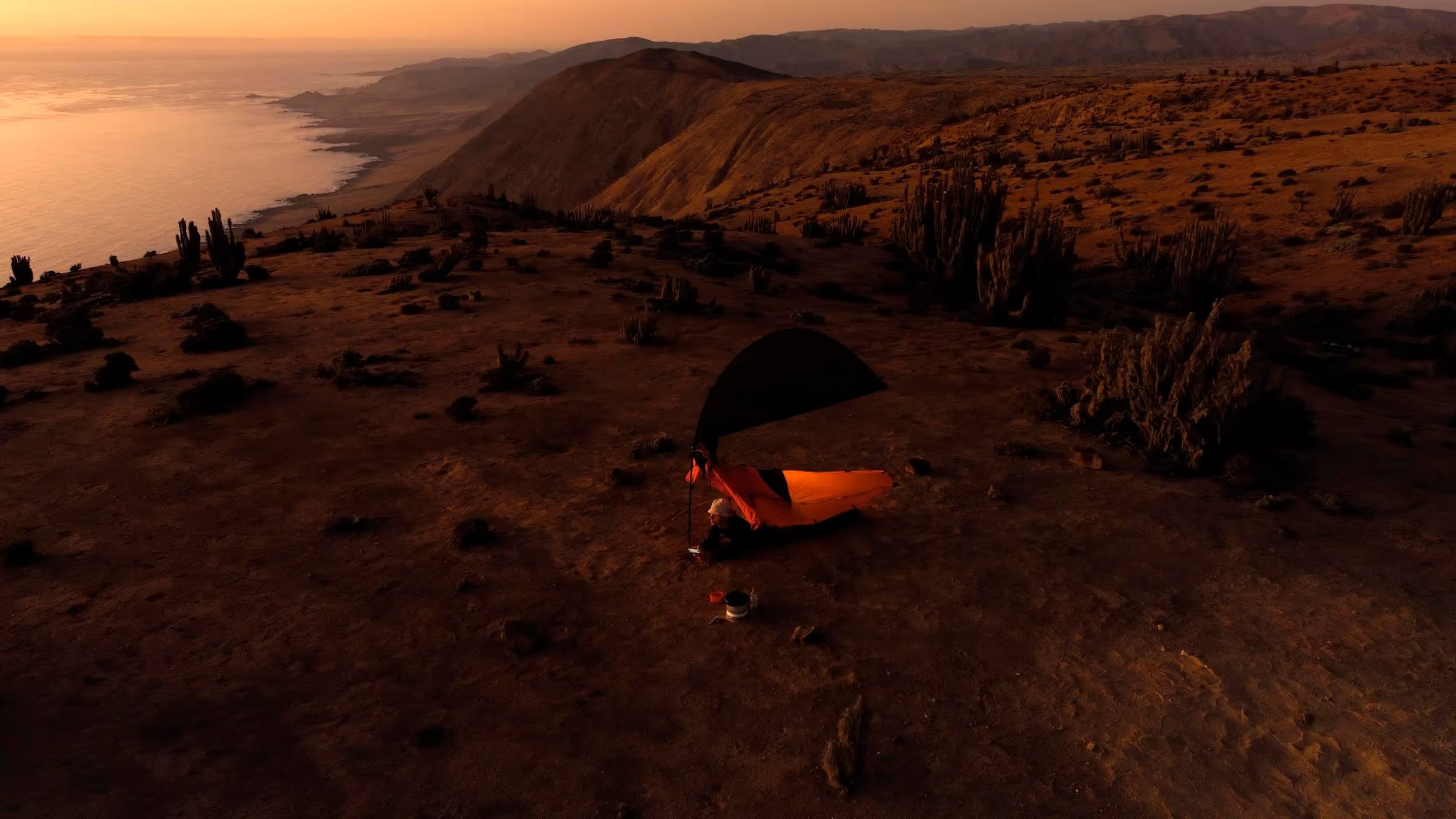

(2)Large.avif)
